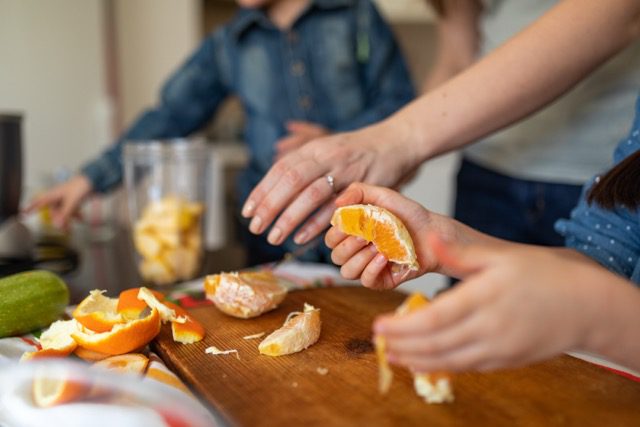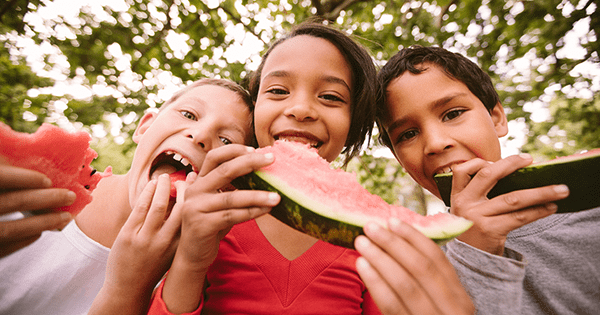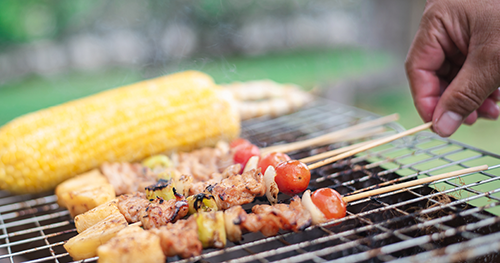
by rachael | Feb 21, 2025 | Nutrition, Physical Health
Your heart works hard for you every single day—so why not show it some love? The good news is that taking care of your heart doesn’t have to be overwhelming. In fact, small, intentional lifestyle changes can make a world of difference in your heart health. Here are...

by rachael | Jan 29, 2025 | Nutrition
As winter hangs on and the temperatures drop, it’s common for people to start feeling under the weather. With the cold and flu season in full swing, it’s more important than ever to support your immune system with a healthy diet. Here are some top foods to...

by rachael | Oct 18, 2024 | Nutrition
That time of year is upon us when the gravy flows and the mashed potatoes pile high. Trying to maintain a healthy diet can feel more challenging around Thanksgiving and other major holidays. Not only do we find ourselves surrounded by great food, but we’re often busy!...

by jennie | Oct 13, 2023 | Nutrition
Fresh fruits and veggies are nutrient-dense foods that are vital to your health. Eating local, in-season produce is the best bet for your money, because you’ll get the highest quality vitamins and minerals—plus in-season fruits and vegetables tend to be more...

by rachael | Jul 19, 2023 | Nutrition, Physical Health
Our cells, blood, muscles, tissues, and brain all rely on water to function properly. Staying hydrated is vital to keep your body well and to avoid overheating, especially in the summertime, during extreme heat waves, and if you work outdoors or are active. To stay...

by rachael | Jun 13, 2023 | Nutrition, Physical Health
Summer: ‘tis the season for cookouts! While a typical BBQ can include some not-so-healthy menu items (hello, hot dogs!), it doesn’t have to be that way. Follow these tips to keep your backyard grilling light, healthy, nutritious—and fun! Taste the best flavors of the...







